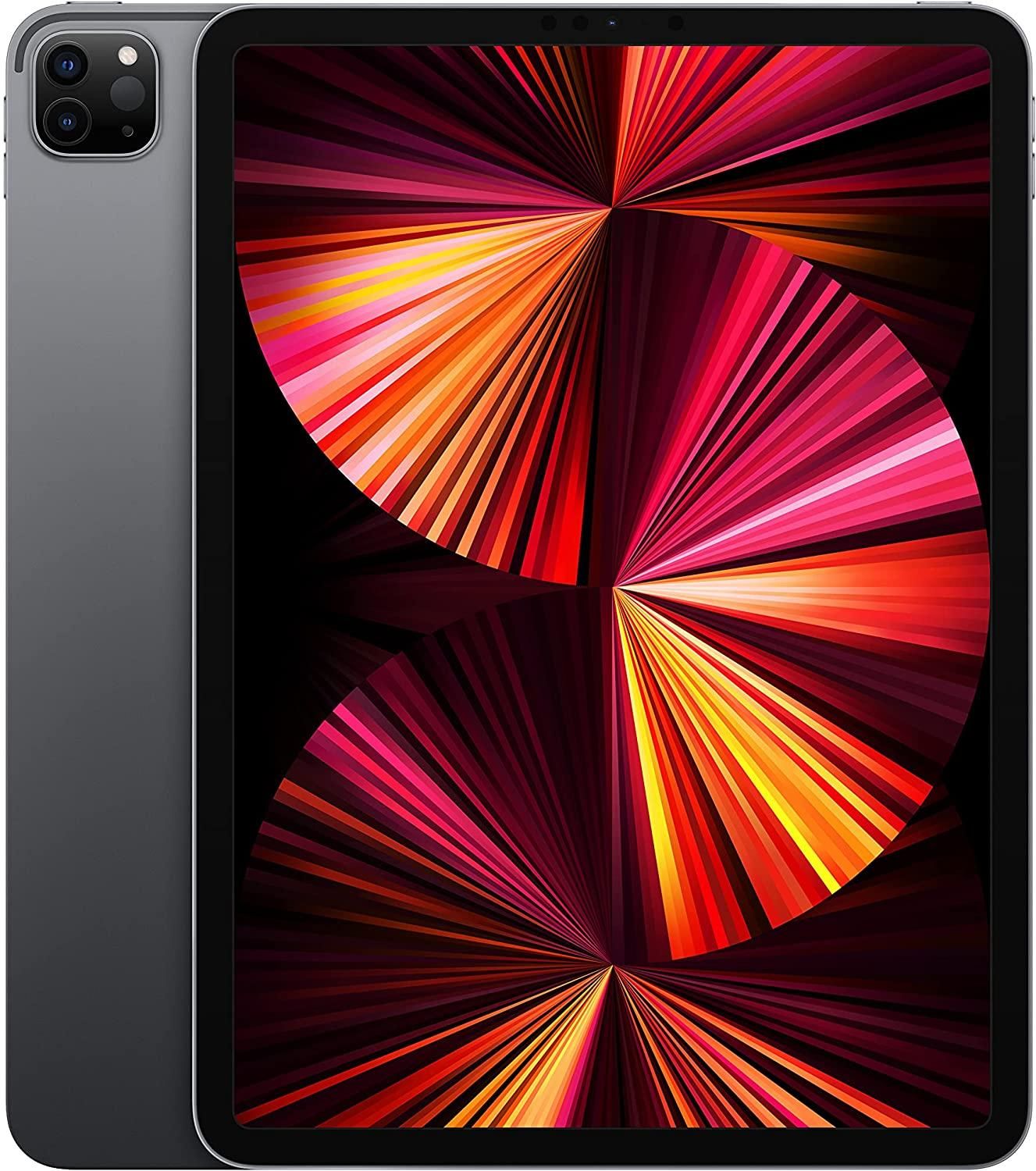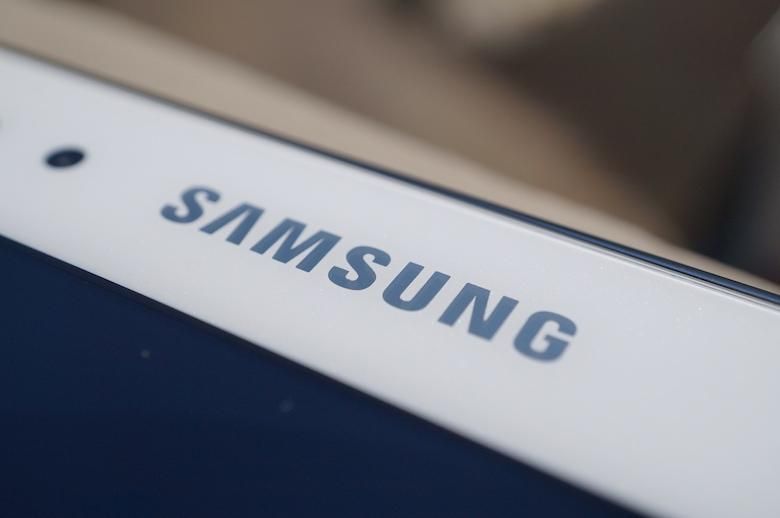Samsung has left every other company in the dust when it comes to producing high-end displays. Several companies including Apple rely on Samsung to supply displays for its high-end iPhones and iPads. Now, according to the report, Samsung Display is developing an 'entirely new' type of OLED display for future Apple iPads.
The new OLED display will use a two-tandem display, as per the report. Using a two-tandem OLED display will nearly double the brightness and increase the life expectancy by up to four times. Internally, the new type of display is being called T1.
“Having a two-stack structure, as opposed to the single-stack structure currently manufactured by Samsung Display, doubles the brightness of the OLED panel while its life span is expected to be quadrupled,” explains the publication."
According to the report, Apple will ship this new type of OLED display in iPads from 2024. Apple tends to bring the new technology to iPad Pro models first so you can expect the display to be available on the 2024 iPad Pro first. Moreover, the report claims that Apple will add it to MacBook and iMac devices as well.
Samsung Display is planning to start the mass production of the T1 display in 2023. Samsung Electronics devices, such as Galaxy smartphones and other devices, will be able to use the technology first. T2, the next generation of T1, will be mass-produced in 2024 and feature in OLED iPad Pro.
There are still some issues to sort out, such as color accuracy (which is one of the USP of OLED displays), but Samsung plans to fix these issues before committing to supply displays to Apple.

Apple iPad Pro 11-inch (2021)
Apple’s latest and most powerful 11-inch iPad Pro packs the amazing Apple M1 processor under the hood. Its display is simply beautiful, plus you get a 12MP primary Wide camera, a 10MP Ultra-wide camera, a LiDAR Scanner for immersive AR experience, an all-day battery life, Apple Pencil Gen-2 support, and up to 2TB of storage space.

